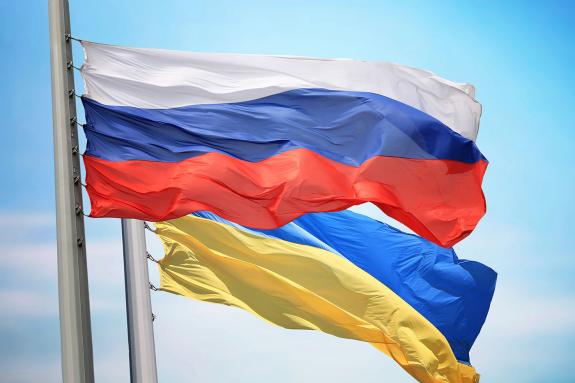
An update on Russia/Ukraine
Since early November 2021, the United States has reported unusual Russian troop movements near the Ukrainian border. In late November, Ukraine said Russia had close to 90k troops around its borders in advance of an offensive attack. Moscow denied and accused Ukraine of building up troops on their side of the border.
In December, Moscow put forward a proposal to limit the United States and the North Atlantic Treaty Organisation’s (NATO) influence on former Soviet States. The proposal included some unrealistic demands including the retraction of NATO to its pre-1999 enlargement when Poland, Hungary and Czech Republic joined the organisation. Since then, the Baltic countries as well as Romania, Bulgaria, Slovakia, Slovenia, Albania, Croatia, Montenegro and North Macedonia joined the organisation. The key demand in the proposal was that NATO retract its 2008 pledge to “one day” admit Ukraine and Georgia into the alliance.1
A flurry of diplomatic activity emerged from the proposal and the US written response to it in January fell short of President Vladimir Putin’s main objectives. Nevertheless, Russia pledged to continue pursuing a diplomatic solution to the differences between them and the US in regards to both Ukraine and NATO.
On 21st February 2022, Putin recognised the separatist groups controlling the cities of Donetsk and Luhansk (so-called Donbass territory) as independent from Ukraine. There has been an impasse between Ukraine and Russia in regards to Donbass since 2014 following the annexation of Crimea. Two agreements executed in Minsk established a timeline for elections in Donbass, but the agreement had different interpretations by Russia and Ukraine.
The West responded with a modest package of sanctions, involving individuals close to Putin as well as Russian parliament members who voted to support the separatists. The sanctions also involved second tier banks (first tier banks were already sanctioned) as well as a ban on foreign investors buying any newly issued Russian sovereign debt, thus still allowing existing local and Eurobond debt to be traded.
On 24th February 2022, Russia bombarded several cities of Ukraine, including Lviv, Kyiv, Kharkiv, Luhansk, Donetsk, Mariupol and Odessa.2 During the day, Russian troops invaded Ukraine from three fronts. This morning several Russian officials, including Putin, repeated the objective was to demilitarise Ukraine. The Russian press secretary Dmitry Peskov said that “Russia is ready to consider a ceasefire only if Ukraine disarms and becomes a neutral country. The military operation will go on until Ukraine capitulates”, which may mean a surrender of scores of politicians and military.
Sources reported that gas volumes supplied by Gazprom via Ukraine actually increased by 38% on invasion day, potentially a signal that Russia will keep supplying Europe natural gas, as long as they remain neutral. Over the past few days, the Italian Prime Minister Mario Draghi and US sources said they would not impose sanctions disrupting global energy supplies. As an aside, Russia only stopped supplying energy to Europe when its territory was invaded during the Second World War.
Russia has two clear intentions: weaken Ukraine and its penchant for Western ideas, including liberal democracy and keep NATO away from its borders. Following the recognition of the Luhansk and Donetsk regions as independent republics (and now the invasion of Ukraine itself), Putin is well advanced on his objectives. Ukraine will receive financial support from the West, but it is unclear if much of anything else. Oil prices are up almost 35% YTD and the more the situation escalates, the higher energy prices rise, from which Russia benefits (while Europe suffers), as long as it has ready and sufficient markets to the East. The main pressure from Putin to de-escalate will probably come from Russians at home who have many strong ties in Ukraine and will object to a widespread civilian death toll.
We also believe Russia will require formal assurances that NATO will not expand beyond its current limits, particularly to Ukraine and Georgia. An even worse scenario would take place if Russia decides to provoke or attack a member of NATO.
A second round of sanctions is likely to be announced by the West tonight or over the coming days. Most likely, the sanctions will make it harder for Russian banks and individuals to access western capital markets and may include a ban on trading Russian debt, albeit we expect a grace period so western investors can sell their exposure. We remain cautiously positioned across the region.
1. See https://www.ft.com/content/d86f8961-15c1-4f73-8cee-8251ab139204
2. See https://twitter.com/GlobalUA/status/1496767043814584322/photo/1